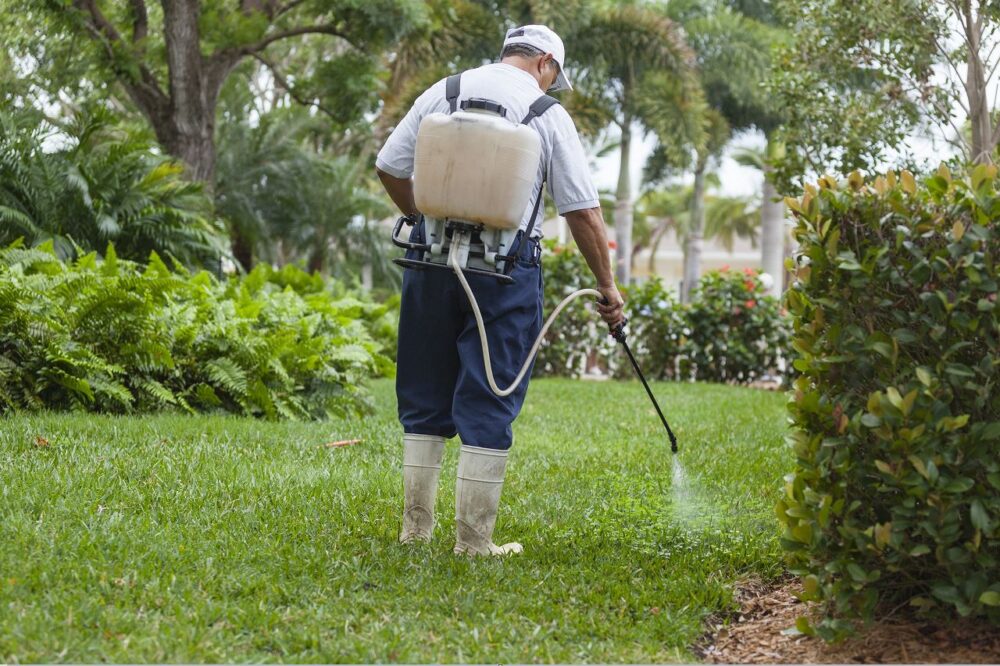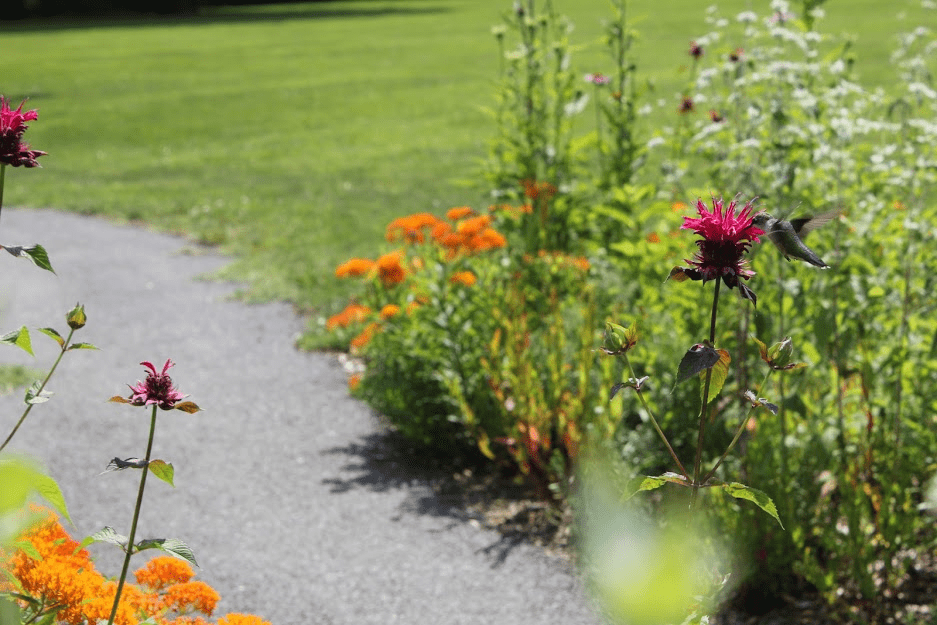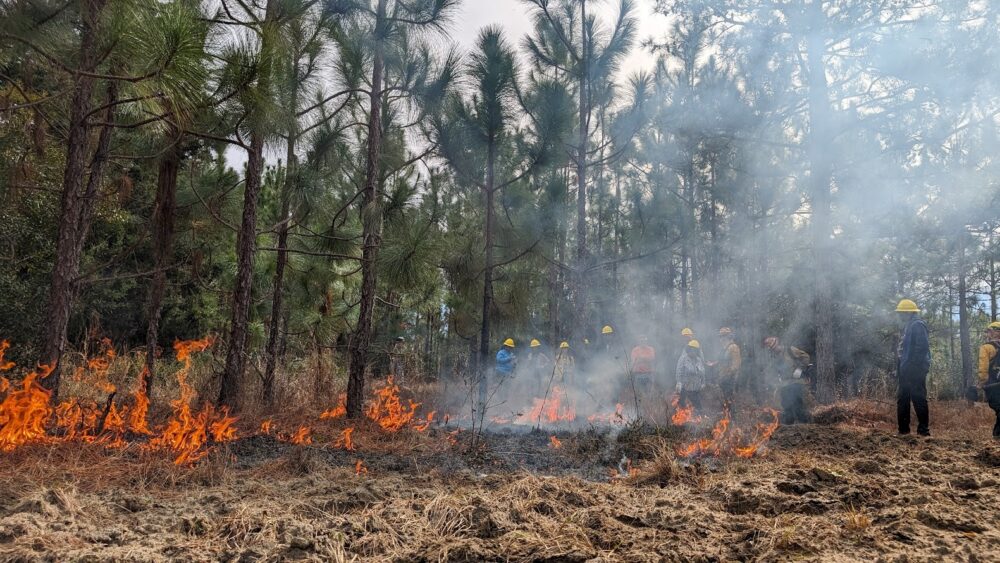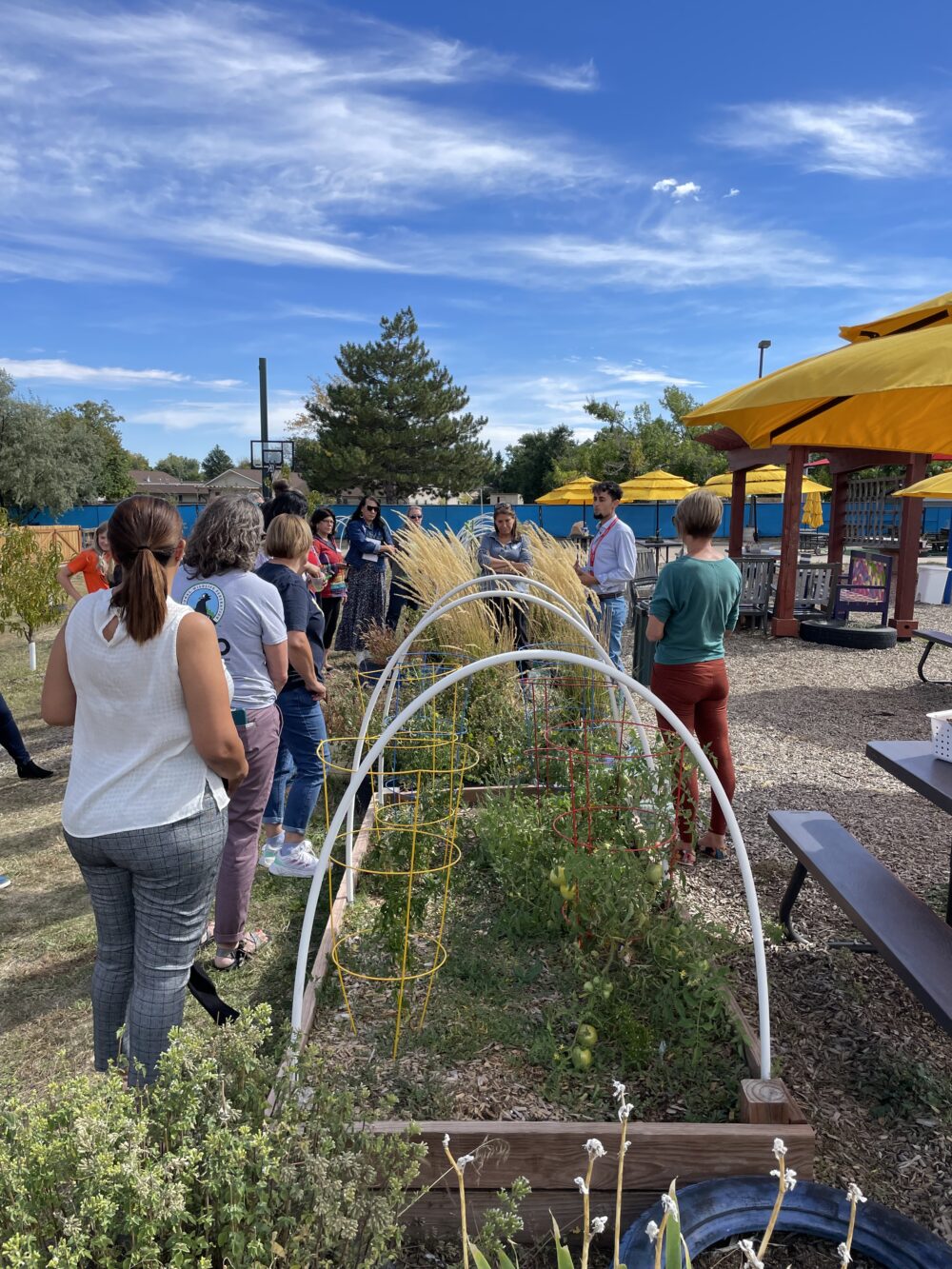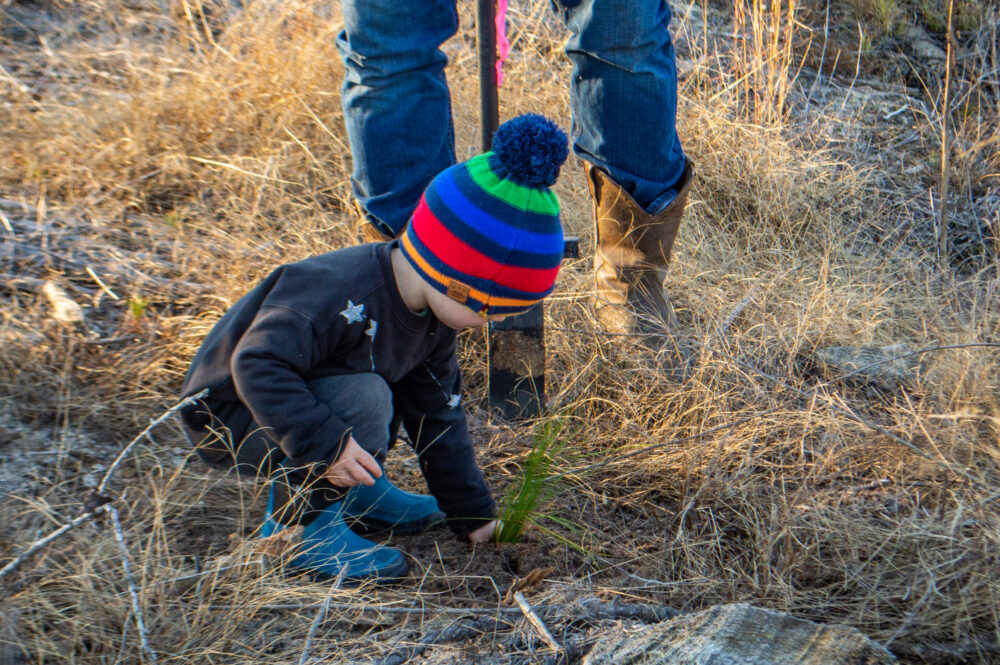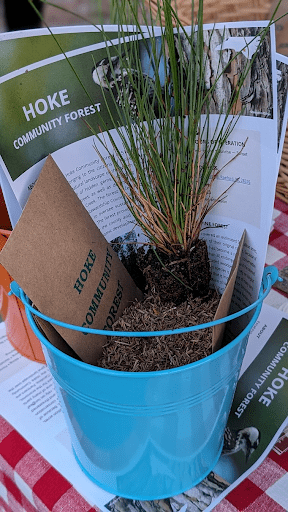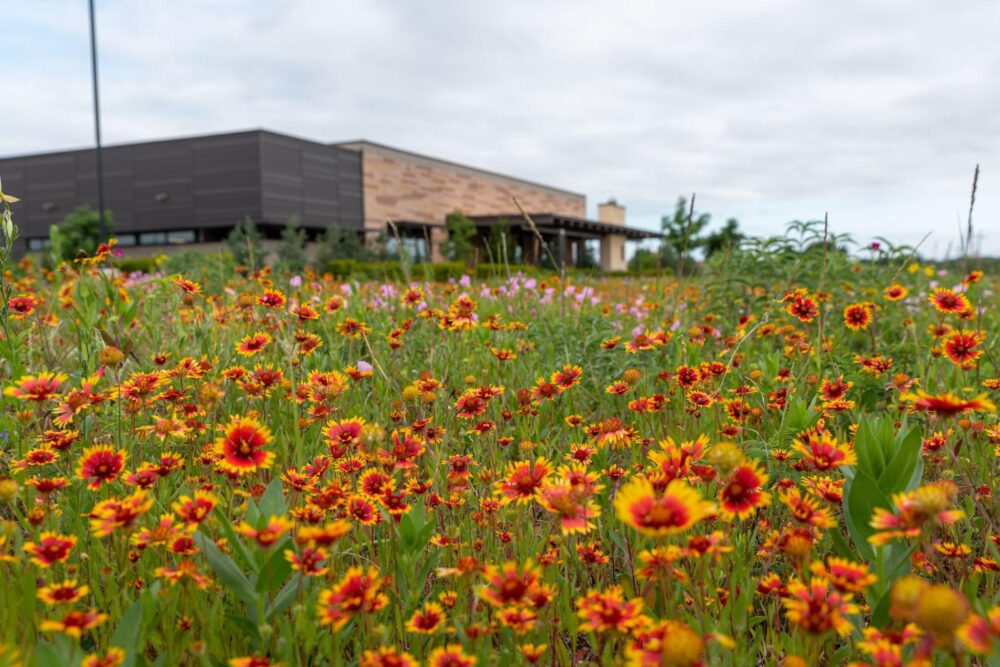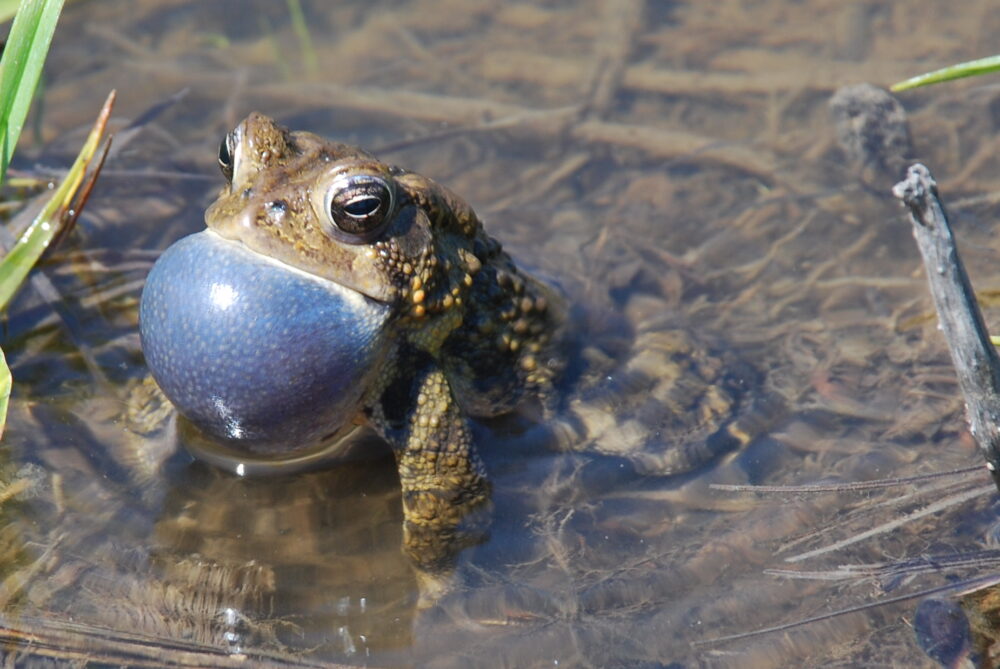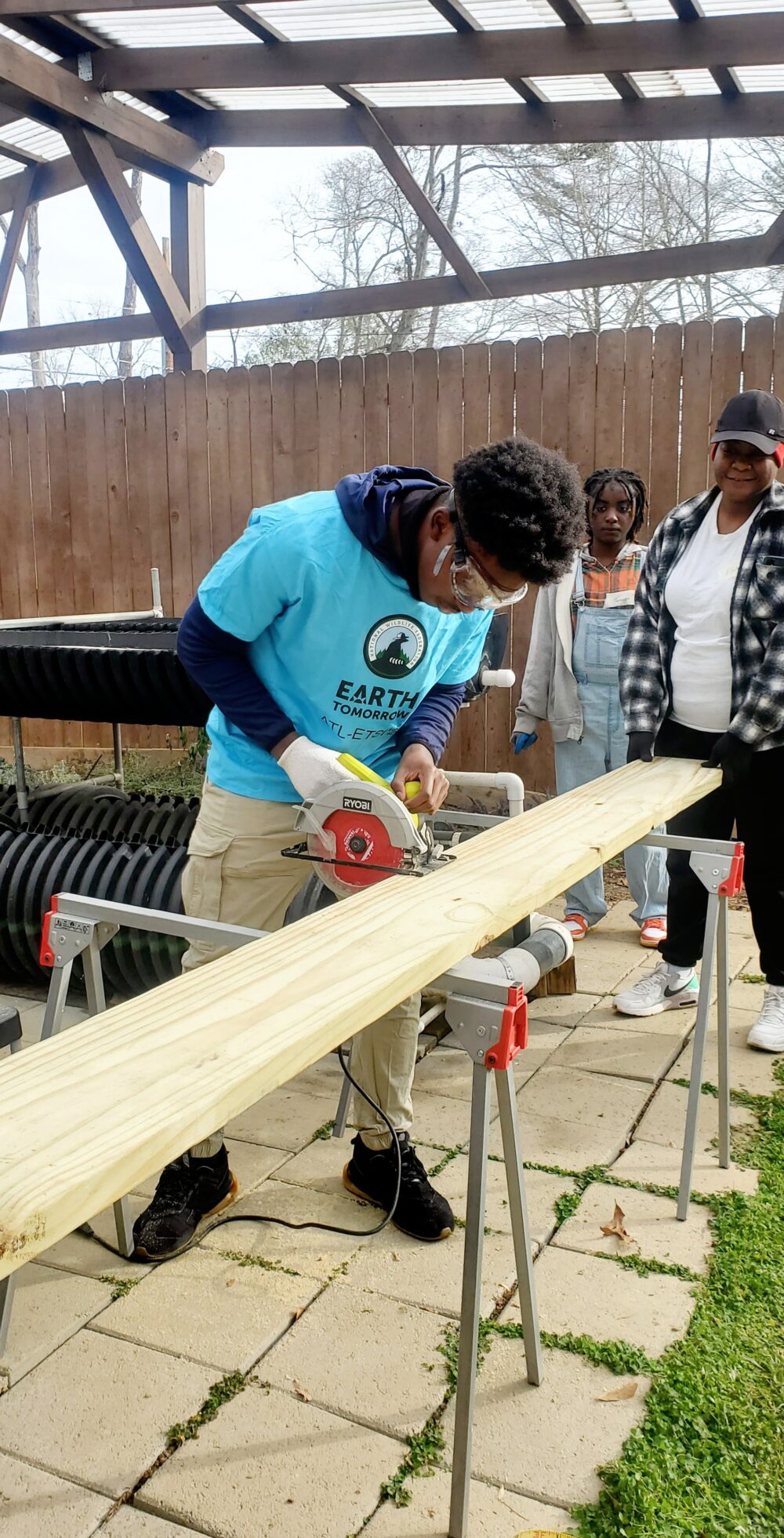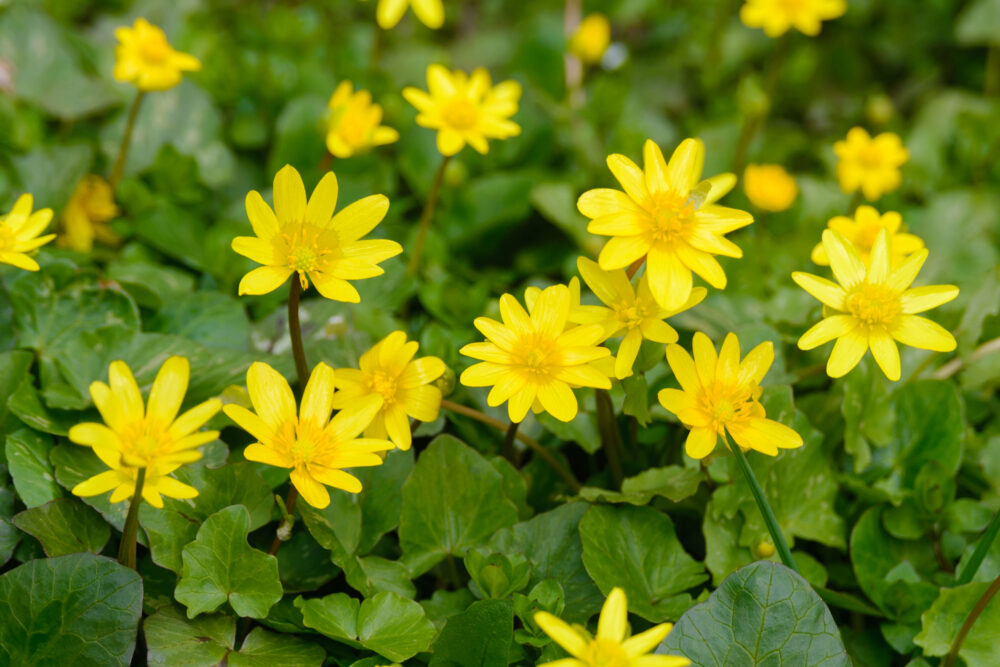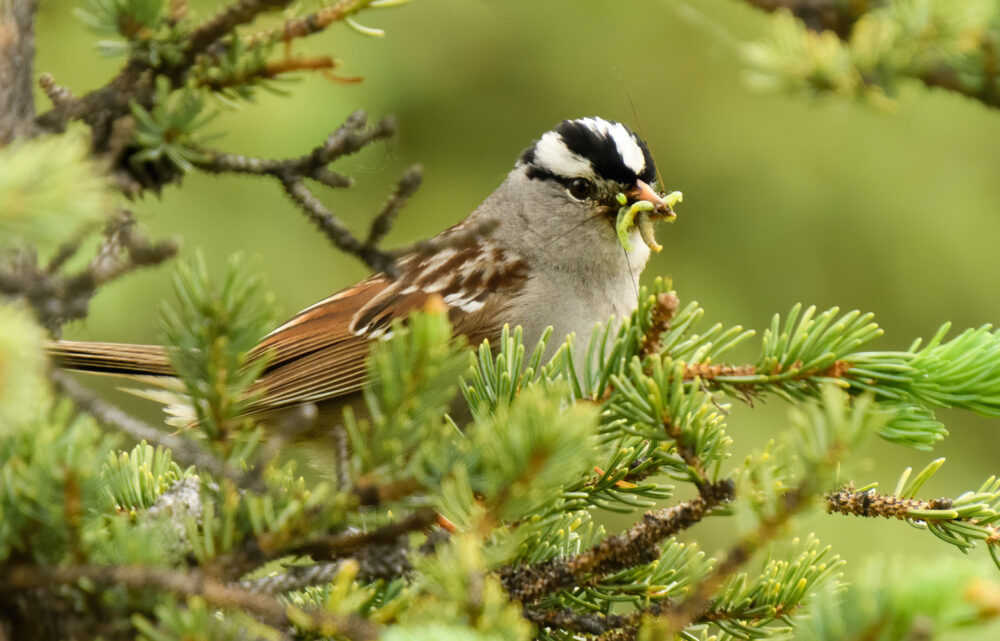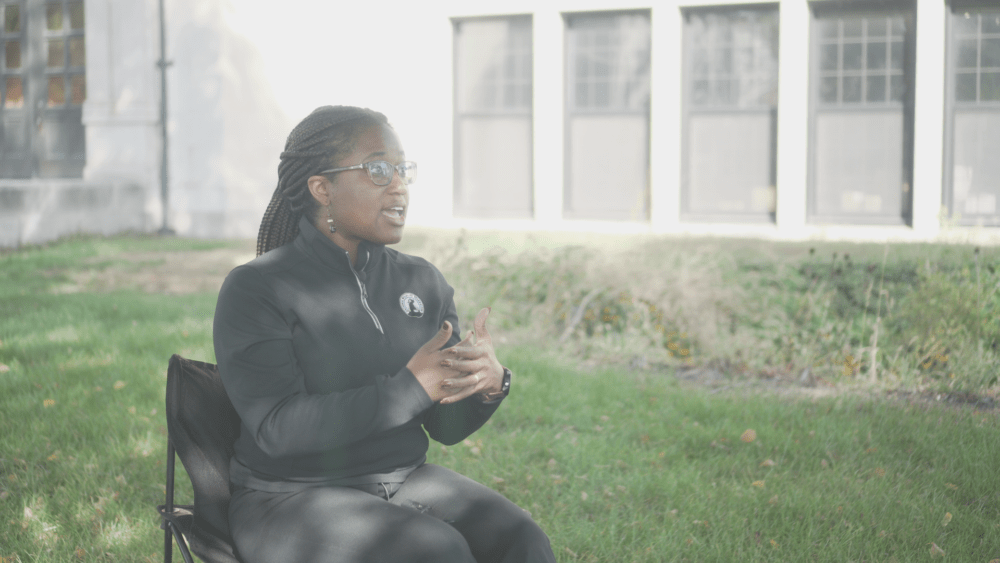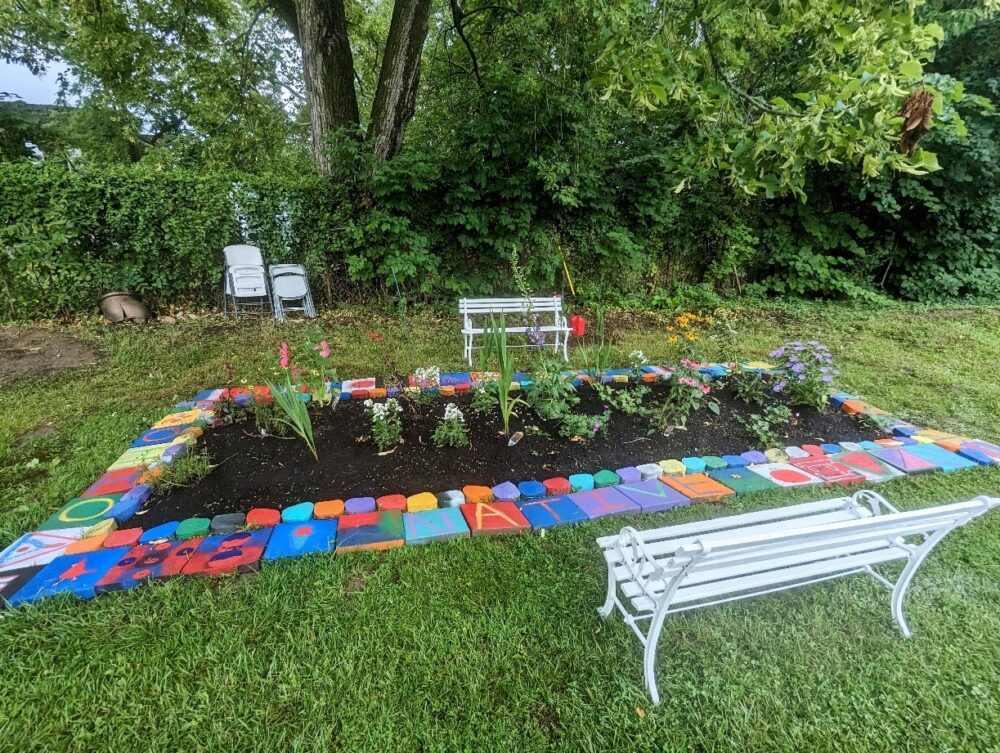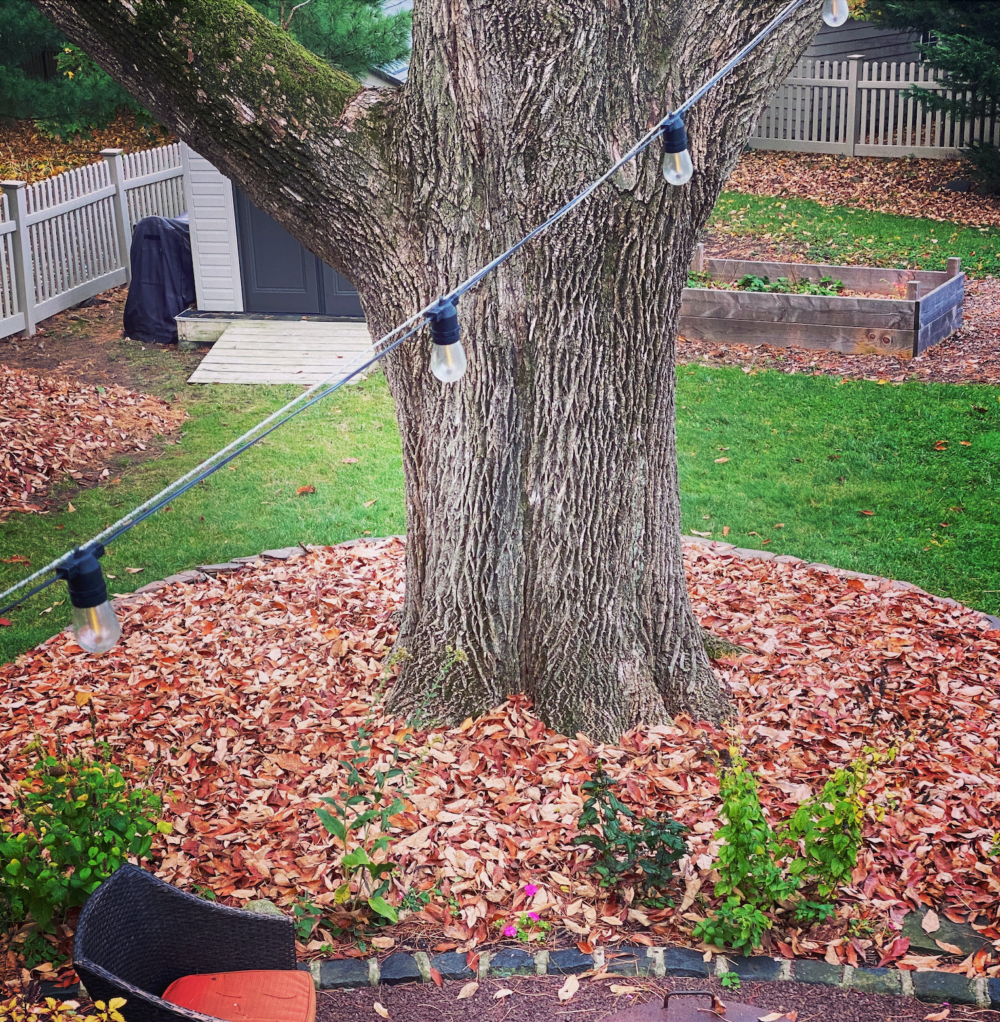We have much more to do and your continued support is needed now more than ever.
Make Gardening for Wildlife a Family Affair
One family’s path to creating the perfect wildlife garden
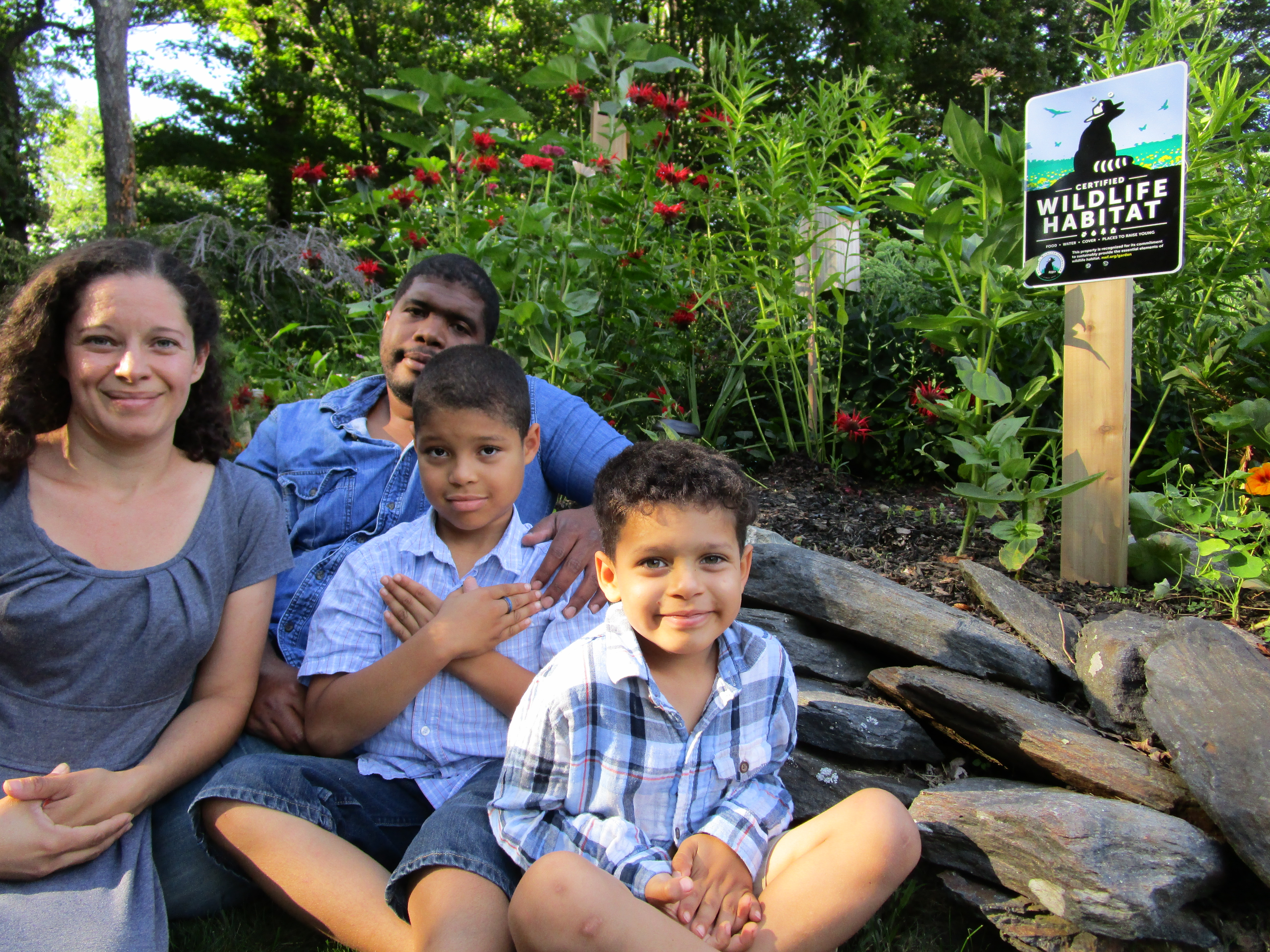
Gardening for wildlife is a great way to enjoy time outdoors as a family and make a difference for local birds, butterflies and other wildlife at the same time.
When Cristina Lafontant and her family pledged to be Butterfly Heroes, they took the first step in creating a wildlife habitat garden and making some unforgettable wildlife-watching memories right in their own yard.
At a young age Cristina’s father instilled a love of nature in her that she wanted to pass down to her children. When the Lafontants bought a new house in upstate New York, Cristina knew she wanted to have a place for a garden where she could share her love of wildlife and gardening with her own family.
After taking the pledge and receiving their Butterfly Heroes kit, containing native plant seeds and instructions on creating a butterfly garden, the Lafontant family created a wildlife habitat garden that attracts and supports not just butterflies but a variety of wildlife. Their garden has now been recognized as a Certified Wildlife Habitat® through the National Wildlife Federation’s Garden for Wildlife program.
Be inspired by what Cristina and her family did to create their wildlife habitat garden.
Food:
They planted native plants that provide an variety of seeds, berries and nectar for wildlife. The native plants also support insects—important wildlife on their own—that are a food source of nesting birds. They have also supplemented the natural food sources with bird feeders.
Water:
A pond is located in Cristina’s yard that acts as a natural water source. If you don’t have a pond on your property you can easily add a birdbath or simple water dish on the ground as Cristina has also done.
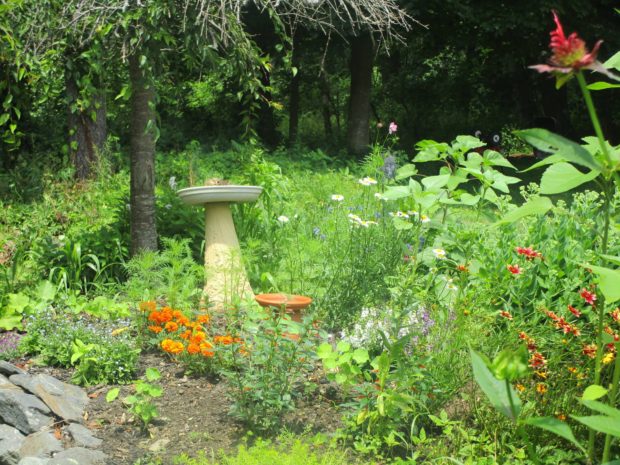
Cover:
Cristina and her family have chosen to leave several snags, dead trees that are left upright to decompose naturally, in their yard. Snags are used by a wide variety of wildlife as a place to hide from predators and get shelter from bad weather.
Places to Raise Young:
The milkweed plants in Cristina’s garden are used by monarchs as a host plant for their caterpillars. Her family has also installed nesting boxes for birds and an insect box. The tree snags are also used as nesting places for birds, insects and mammals.
Practice Sustainable Gardening:
Cristina and her family conserve water and don’t spray chemical pesticides or fertilizers in their garden.
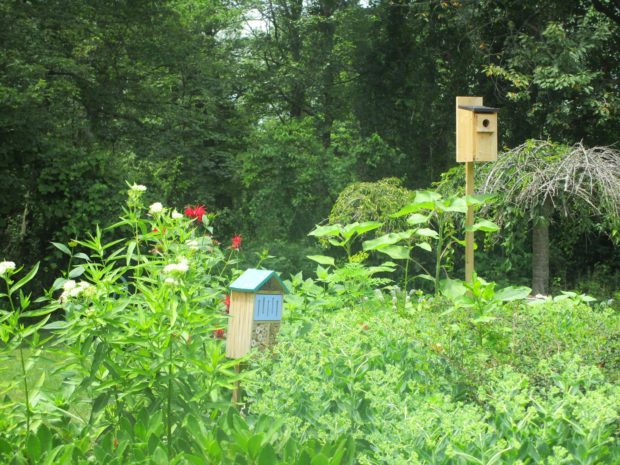
The Lafontant family have started seeing variety of wildlife visiting and living in their wildlife garden. A young rabbit that hides in the wildflowers, a ruby throated hummingbird that visits the garden for nectar, and a pair of cavity nesting birds raising their babies in the nesting box they installed are a few of their favorite visitors.
Follow the Lafontant family’s lead and create a wildlife garden in your yard. Here are some more of their tips.
Get your hands dirty and plant native seeds and plants.
Kids love to get dirty, let them help in the planting process! Plants native to your area are best for wildlife. Cristina and her family removed non-natives from their property and planted native milkweed, coreopsis, sunflowers, bee balm and beardtongue. They also incorporated dill, an herb used by black swallowtails as caterpillar host plant, and other pollinator friendly plants.
Explore the wonderful world of backyard wildlife
Cristina’s children are fascinated by insects and birds. Creating a wildlife habitat garden lets them discover and appreciate these amazing creatures in their own backyard. Her eight year old son even created a biodiversity map of winter birds for a school project, and her five year old son is mesmerized by the insects and loves to watch them under his magnifying glass.
Educate your family on the importance of sustainable gardening
Maintaining your wildlife garden in a sustainable, environmentally-friendly way ensures that the soil, air, and water that native wildlife rely upon stay clean and healthy. The Lafontant family conserves water by making rain barrels from refurbished food storage containers, uses a soaker hose, and has planted drought tolerant native plants to minimize the need for extra watering. They have also created a compost bin and avoided the use of pesticides.



